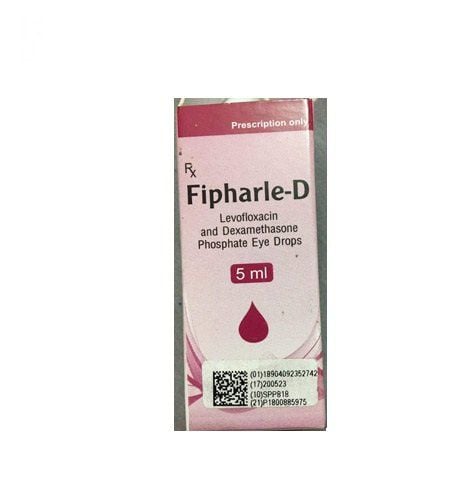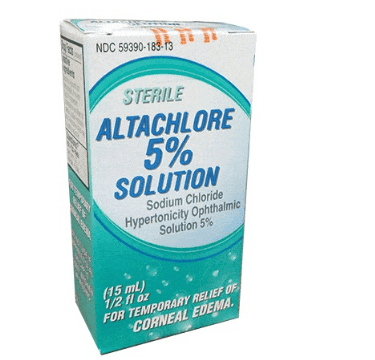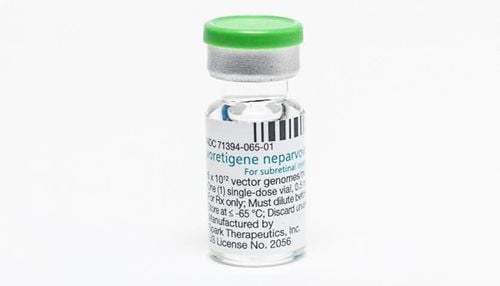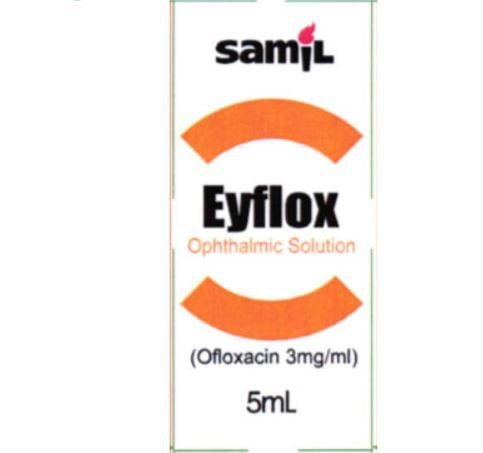This is an automatically translated article.
Our vision is a very vulnerable part when the immune system is not able to protect from the invasion of harmful agents. Normally, the eye uses its own autoimmune mechanism to preserve tissue cells and cellular function when invaded. When inflammation occurs, it is called uveitis. The following is an overview of uveitis and the autoimmune mechanism of crystal fibrosis.1. Clinical concepts of uveitis
Sight is one of the five senses that play an important role in all human perceptual activities. However, that causes the number of vision diseases to increase. Therefore, the immune system of the eye is a matter of interest and research by many researchers. According to the analysis, the immune system in the eye disorder will appear a clinical manifestation called uveitis.Uveitis is defined as inflammation of the blood vessels of the uvea in the eye; includes the iris, cilia, cell membranes, and capillaries. However, nearby structures such as the retina, optic nerve, vitreous and sclera are also at risk. Therefore, any damage around the eye that leads to inflammation is included in the dysfunction group.
Clinically, uveitis is classified according to its anatomical structure. Depending on the structure, we have anterior, medial or posterior uveitis,... According to biological analysis, all core problems arise from inflammation. The exudate proteins make the surrounding environment opaque, while the eye has a transparent medium, leading to glare or cataracts. Clinical evaluation of the retina and vessels will help determine the degree of inflammation of the eye.
Uveitis in animal studies appears to be supported by an autoimmune mechanism. However, that mechanism has not been specifically analyzed to determine exactly. Researchers estimate that about 25 to 30 percent of uveitis is related to an autoimmune or systemic autoimmune mechanism.
2. How does autoimmune mechanism work?
Uveitis is classified according to infectious or non-infectious. Sometimes, the two will co-exist depending on the condition. Because of that, the ability of the autoimmune mechanism is also markedly different in each case. As autoimmunity declines, the risk of death increases. Based on mixed results, the likelihood of an immune response is dependent on environmental factors. In autoimmune cases where antigens do not completely eliminate inflammatory cells, inflammation persists.In the retina, after inflammation occurs, autoimmune rebalancing takes place by many immune cells. At this time, the importance of innate white blood cells has not been noticed. In the process of reacting to the pathogen, the cells causing the bad effect are removed to treat the infection site.
3. The role of T cells in fibrocytosis immunity
In the process of auto-inflammatory or autoimmune mechanism, the eyes are affected in some way. Based on medical developments, auto-inflammatory conditions have a strong influence on innate immunity. The damage to the retina will be difficult to distinguish, but when analyzed at hundreds of times magnification on a microscope, it can be observed.Idiopathic autoimmune mechanisms arise after T-lymphocytes are expanded. Based on experimental results, this activation can affect even distant organs. When T cells are peripherally pathogenic, their ability to access the immune milieu is under the control of cell-associated antigens. Then, a number of important signals will activate to help regulate cells to limit inflammation in the tissues.

Viêm màng bồ đào có 2 loại là nhiễm trùng và không lây nhiễm
4. Control cell function to limit the effects of uveitis
The retina and choroid are covered by a layer of tissue produced by the marrow cells that helps maintain immune health. At the same time, it also protects the fragility of the retina so as not to affect vision. Controlling cell function is extremely important to help detect and repel bad cells, and at the same time treat damage in time.Uveitis often presents with focal inflammation and is detected in the acute stage of inflammation. Thanks to the tissue, the protective thresholds will be activated to minimize the unwanted damage. Thus, the driving force behind the injury is the activation of the pulp chamber. The balance of the reactions will help to serve the adjustment process through T-lymphocyte suppression to eliminate danger and damage in order to regain equilibrium.
5. Current and future risk assessment information
Much of the information on uveitis is found in animals. Autoimmune mechanisms are also found in animals, so there is very little information about the disease directly related to humans. Therefore, the autoimmune mechanism in humans will have certain changes and need to be studied and analyzed more carefully. However, the cause of uveitis is still a widespread infection.Infection can invade and affect eye tissue function and lead to inflammation. Other causes can come from syphilis, tuberculosis, malaria, etc. Most of the experiments show that they are influenced by inflammation, T cells, B cells and macrophages.
In general, uveitis has extremely diverse autoimmune mechanisms. Analytical studies of multiple blood samples have shown different genotypes when the same patient has the same clinical diagnosis. Patients with weakened immune systems are more likely to have endophthalmitis. Mechanistic changes in uveitis may prevent or reverse the effects of inflammatory symptoms.
6. Methods of treatment
Although uveitis occurs in the eye, it can have major effects on other organs. Older approaches to clinical management have demonstrated a complex molecular mechanism underlying ureteral dysfunction and amelioration of vision-threatening diseases. Although biological methods are widely applied in pathological analysis research, with uveitis, these methods are still not accessible enough.Recently, the determination of proteins that disrupt the balance has been measured and statistically conducted. Eye fluid and serum proteins were also included in the analysis. However, the protein's effect on endophthalmitis or uveitis has not been found. In addition, from single-cell hematopoietic analysis, several applications for uveitis have emerged.
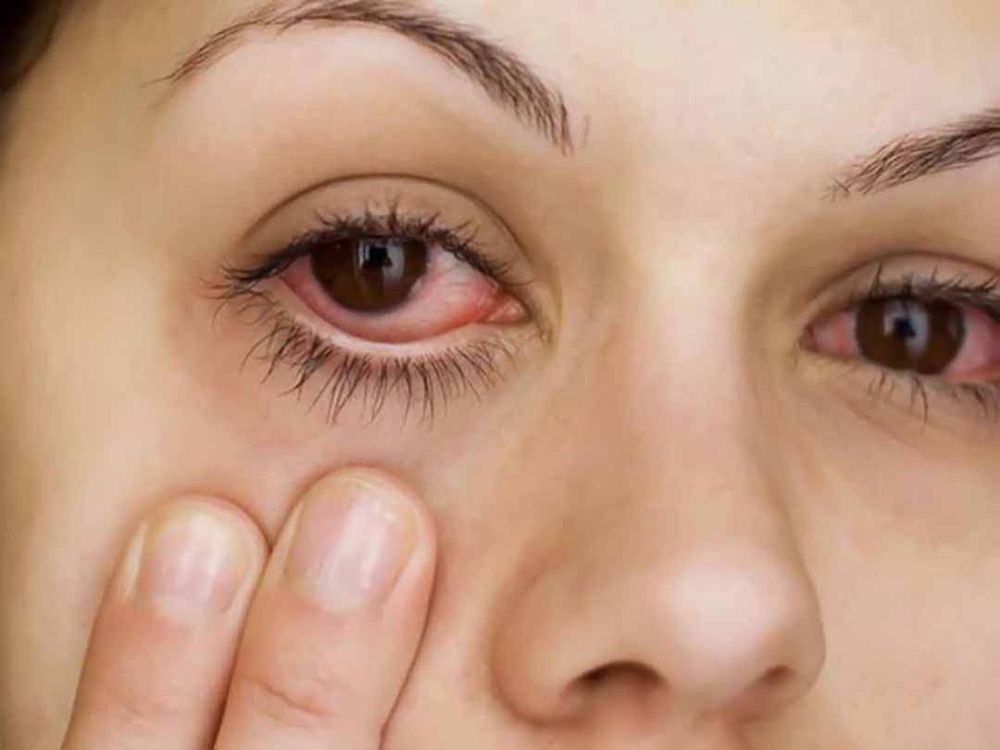
Viêm màng bồ đào gây tác động lớn đến các cơ quan khác
7. Targeted therapy
Based on the research results, doctors hope in the future to find out the most effective mechanism and method of treating the disease. The current results are still hopeful, but there are still too many doubts about the pathology. In the future, maybe our goal is an integrated approach to definitively treat related diseases.Although at present, uveitis still has many unanswered questions, but in the future, researchers will definitely find and have a way to eliminate them.
Please follow the website: Vinmec.com regularly to update many other useful information.
Please dial HOTLINE for more information or register for an appointment HERE. Download MyVinmec app to make appointments faster and to manage your bookings easily.
Reference articles: matsaigon.com, jieh.vn, benhvien103.vn, benhvienmatsaigon.com.vn, matvietnga.com, ncbi.nlm.nih.gov




